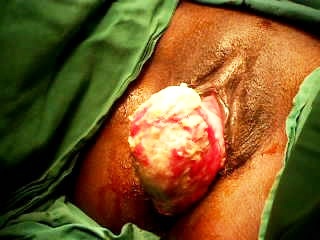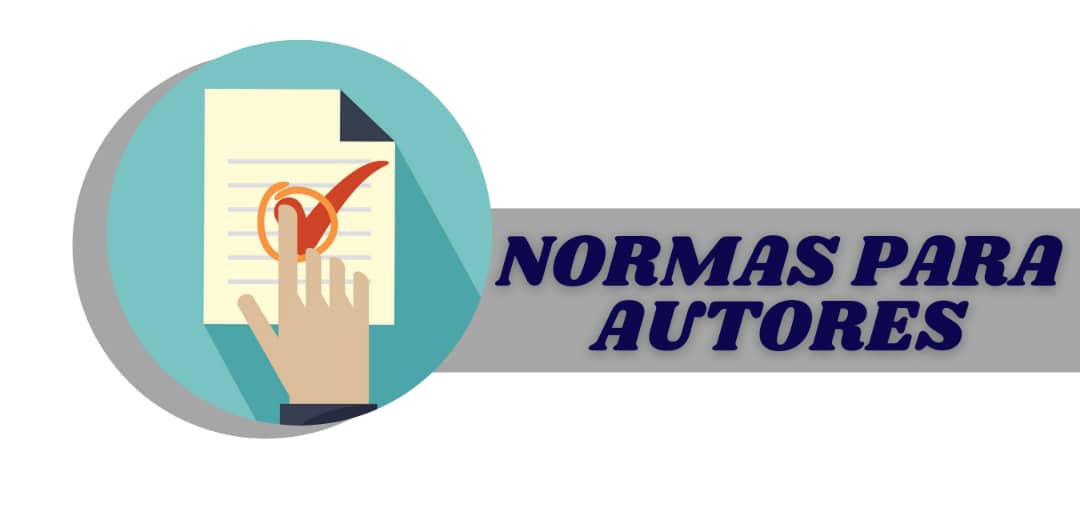Mioma Uterino Parido. Presentación de un caso
Palabras clave:
fibroma uterino, fibromioma, Leiomioma, útero fibroide, úteroResumen
Los fibromas uterinos constituyen los tumores benignos más frecuentes de la porción superior del aparato genital femenino, los cuales son asintomáticos en un rango del 75% al 80%. Desde el punto de vista macroscópico son tumores circulares u ovalados firmes, compuestos de fascículos de músculo liso con un patrón similar a un remolino. Según su localización se denominan: submucosos, intramurales y subserosos. Se reporta un caso que llega a la consulta de Ginecología del Hospital Iluminado Rodríguez del municipio de Jagüey Grande, Matanzas; refiriendo molestias en la vagina y alega además, que presenta una masa que le protruye por la misma, le impide la marcha y va acompañada de mal olor. El resultado de la biopsia informa Leiomioma subseroso parido, presencia de ulceración superficial, extensos cambios mixoides, aspecto epiteloide focal e hialinización estromal.
Citas
Lee K, Khan-Dawood F, Yusoff M. Oxytocin receptor and its messenger ribonucleic acid inhuman leiomyoma and myometrium. Am J Obstet Gynecol. 1998 Sep; 179 (3 Pt 1): 620-7.
Gross K, Morton C. Genetics and the development of fibroids. Clin Obstet Gynecol. 2001 Jun; 44(2): 335-49.
Stovall D. Clinical syntomatology of uterine leiomyomas. Clin Obstet Gynecol. 2001 Jun; 44(2): 364-71.
Meniru GI, Wasdahl D, Onuora CO, Hecht BR, Hopkins MP. Vaginal leiomyoma co-existing with broad ligament and multiple uterine leiomyomas. Archives of Gynaecology & Obstetrics 2001; 265(2): 105-7.
Briceño Pérez C, Alafla F, Atencio de Ávila D, Bethancourt de Benítez C, Schloeter L, Portillo B, et al. Grandes miomas uterinos. Rev Obstet Ginecol Venez. 2001; 61: 35-42.
Coronado G, Marshall L, Schwartz S. Complications of pregnancy, labor, and delivery with uterine leiomyomas: A population based study. Obstet Gynecol. 2000 May; 95(5): 764-9.
Guarnaccia M, Rein M. Traditional surgical approaches to uterine fibroids: Abdominal myomectomy and hysterectomy. Clin Obstet Gynecol. 2001 Jun; 44(2): 385-400.
Witherspoon JT. The hormonal origin of uterine fibroids: an hypothesis. American Journal of Cancer 1935; 24: 402-6.
Luoto R, Kaprio J, Rutanen EM, Taipale P, Perola M, Koshenvuo M. Heritability and risk factors of uterine fibroids - the Finnish Twin Cohort study. Maturitas 2000; 37(1): 15-26.
Klotzbucher M, Wasserfall A, Fuhrmann U. Misexpression of wide-type and truncated isoforms of the high-mobility group I proteins HMGI-C and HMGI(Y) in uterine leiomyomas. American Journal Pathology 1999; 155(5): 1535-42.
Mao X, Barfoot R, Hamoudi RA, Easton DF, Flanagan AM, Stratton MR. Allelotype of uterine leiomyomas. Cancer Genetics and Cytogenetics 1999; 114(2): 89-95.
West CP. GnRH analogues in the treatment of fibroids. Reproductive Medicine Review 1993; 2:1-97.
Reinsch RC, Murphy AA, Morales AJ, Yen SSC. The effect of RU486 and leuprolide acetate on uterine blood flow in the fibroid uterus: a prospective randomised study. American Journal of Obstetrics and Gynaecology 1994; 170: 1623-8.
Gentry CC, Okolo SO, Fong LF, Crow JC, Maclean AB, Perrett CW. Quantification of vascular endothelial growth factor-A in leiomyomas and adjacent myometrium. Clinical Science (London) 2001; 101(6): 691-5.
Rybo G, Leman J, Tibblin R. Epidemiology of Menstrual Blood Flow. In: Baird DT, Michie EA, editor(s). Mechanism of Menstrual Bleeding. New York: Raven Press, 1985: 181-93.
Buttram VC, Reiter RC. Uterine leiomyomata: etiology, symptomatology and management. Fertility & Sterility 1981; 36: 433-45.

Descargas
Publicado
Cómo citar
Número
Sección
Licencia
Aquellos autores/as que tengan publicaciones con esta revista, aceptan los términos siguientes:
Los autores/as conservarán sus derechos de autor y garantizarán a la revista el derecho de primera publicación de su obra, el cuál estará bajo una Licencia de Creative Commons Reconocimiento-NoComercial 4.0 Internacional (CC BY-NC 4.0)
Los autores/as podrán adoptar otros acuerdos de licencia no exclusiva de distribución de la versión de la obra publicada (p. ej.: depositarla en un archivo telemático institucional o servidores preprint) siempre que se indique la publicación inicial en esta revista.
Se permite y recomienda a los autores/as difundir su obra a través de Internet (p. ej.: en archivos telemáticos institucionales o en su página web) antes y durante el proceso de envío, lo cual puede producir intercambios interesantes y aumentar las citas de la obra publicada.







